Liveable Cities: What It Is and Transforming Ours Into One
More than just a home to over 50% of the world’s population—that’s around 4.4 billion people—cities are relatively permanent and organised hubs of culture, economy, and society. But while many live in cities, are these cities actually liveable for people?
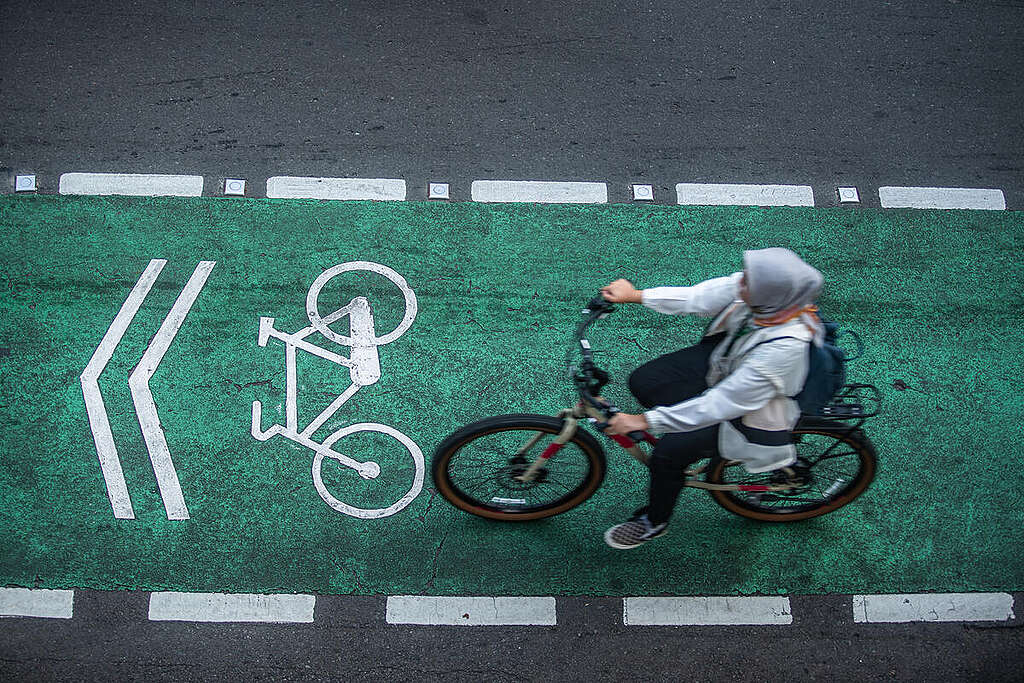

The negative effects of urbanisation
The COVID-19 pandemic woke us up to the fact that many of us are living in cities that don’t provide the bare minimum to be considered liveable. The lockdown proved especially difficult for many of us who did not have access to our own private gardens or balconies but also to public green spaces like parks. Green spaces where we can escape to and just breathe and relax while complying with health restrictions and standards.
While the lack of open and accessible green spaces is a glaring problem, this is just one of the many challenges that rapid urbanisation and poor urban planning have birthed. The most common and pressing include:
- Urban Sprawl – Poor urban planning to accommodate the increasing population can lead to the expansion of cities to rural areas, harming the existing wildlife and landscape.
- Environmental Degradation – This includes the rise of pollution, deforestation, and increased carbon emissions, which contribute to rising temperatures and climate change.
- Traffic Congestion and Pollution – Inefficient public transportation is one of the main reasons for the excessive rise of cars in cities. This often leads to horrible traffic, air pollution, and overconsumption of fossil fuels.
- Social Inequity – The competition for resources can often result in tensions in the community and worsen social inequality, especially in the marginalised sector.· Vulnerability to Natural and Man-Made Disasters – Building cities in hazard-prone areas makes us vulnerable to floods and earthquakes. Informal settlements and poorly built infrastructure can also endanger the lives of the people living in and using them.
While addressing these problems and enacting the right solutions fall immensely on our governments, urban planners, and contractors, we must pressure them into taking action now.
Greenpeace works towards liveable cities
Transforming cities into liveable, sustainable, and green spaces is an advocacy that Greenpeace has supported for years. Working closely with different local governments in the Southeast Asia region, we’ve helped push for people-centred urban policies, solutions, and movements, with a focus on increasing sustainable mobility, supporting government-led actions to fight pollution, and actively protesting for increased accountability from our leaders.
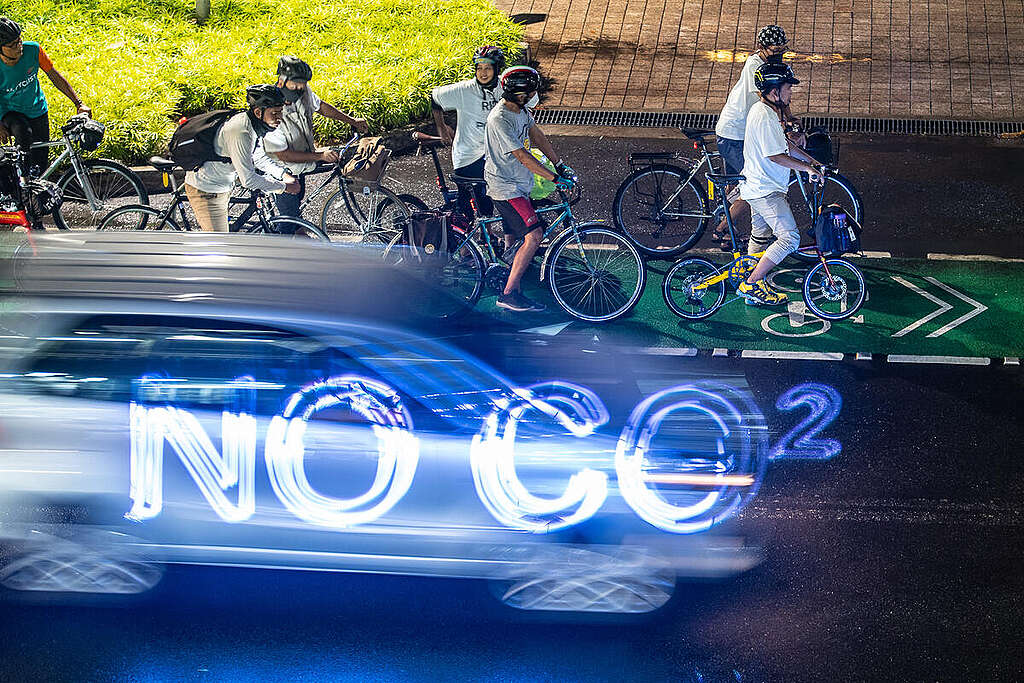
As the problems become more pressing and apparent, so does the need for increased involvement from more individuals like you to not only help raise awareness but also contribute to the movement to make our cities liveable for everyone.
How you can help
-
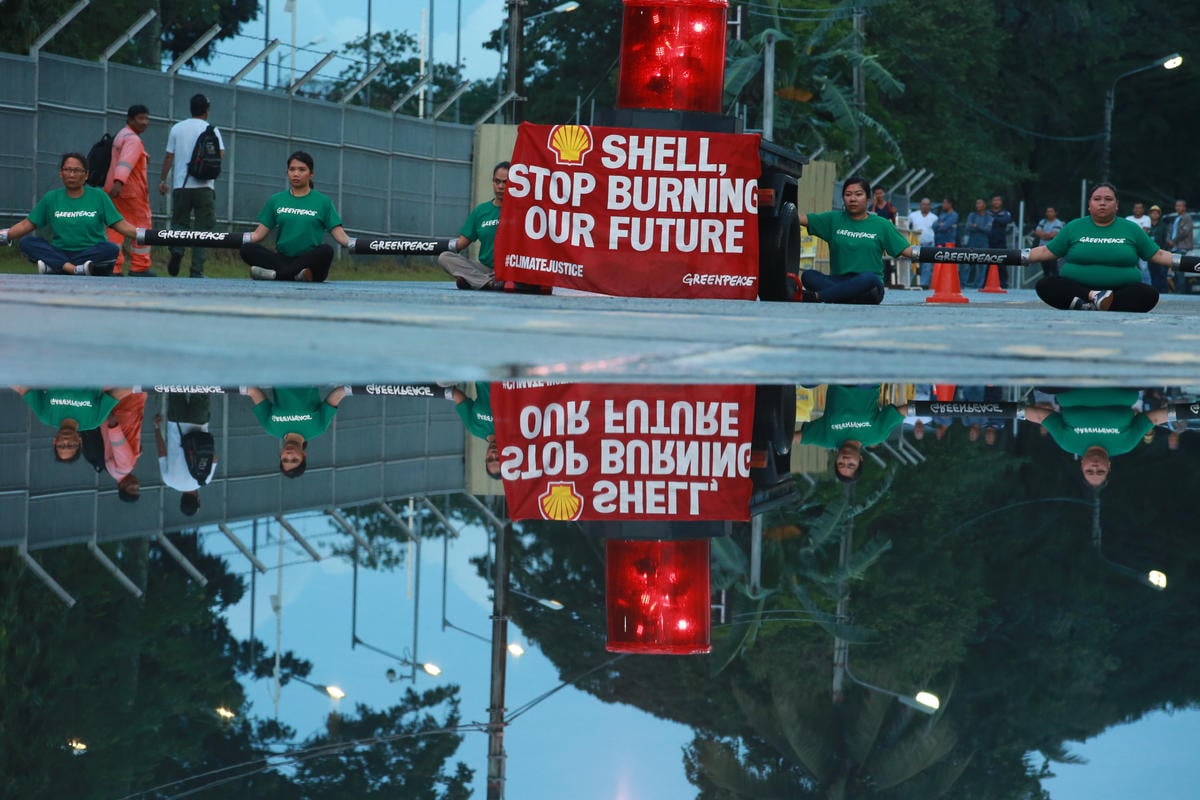
Make polluters pay
Let’s stand with Filipino communities calling for an end to fossil fuels and payment for climate damages.
-
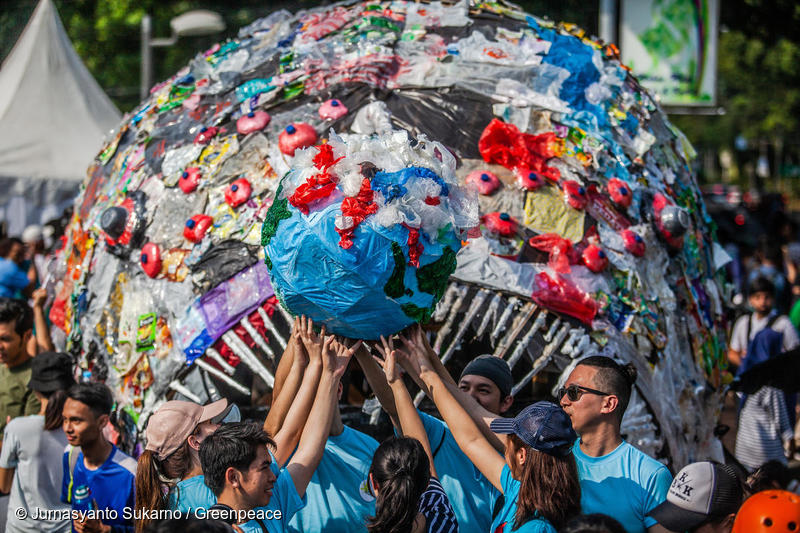
Stop plastic pollution!
Ask world leaders to support a strong global plastic treaty that addresses the whole life cycle of plastic.
-
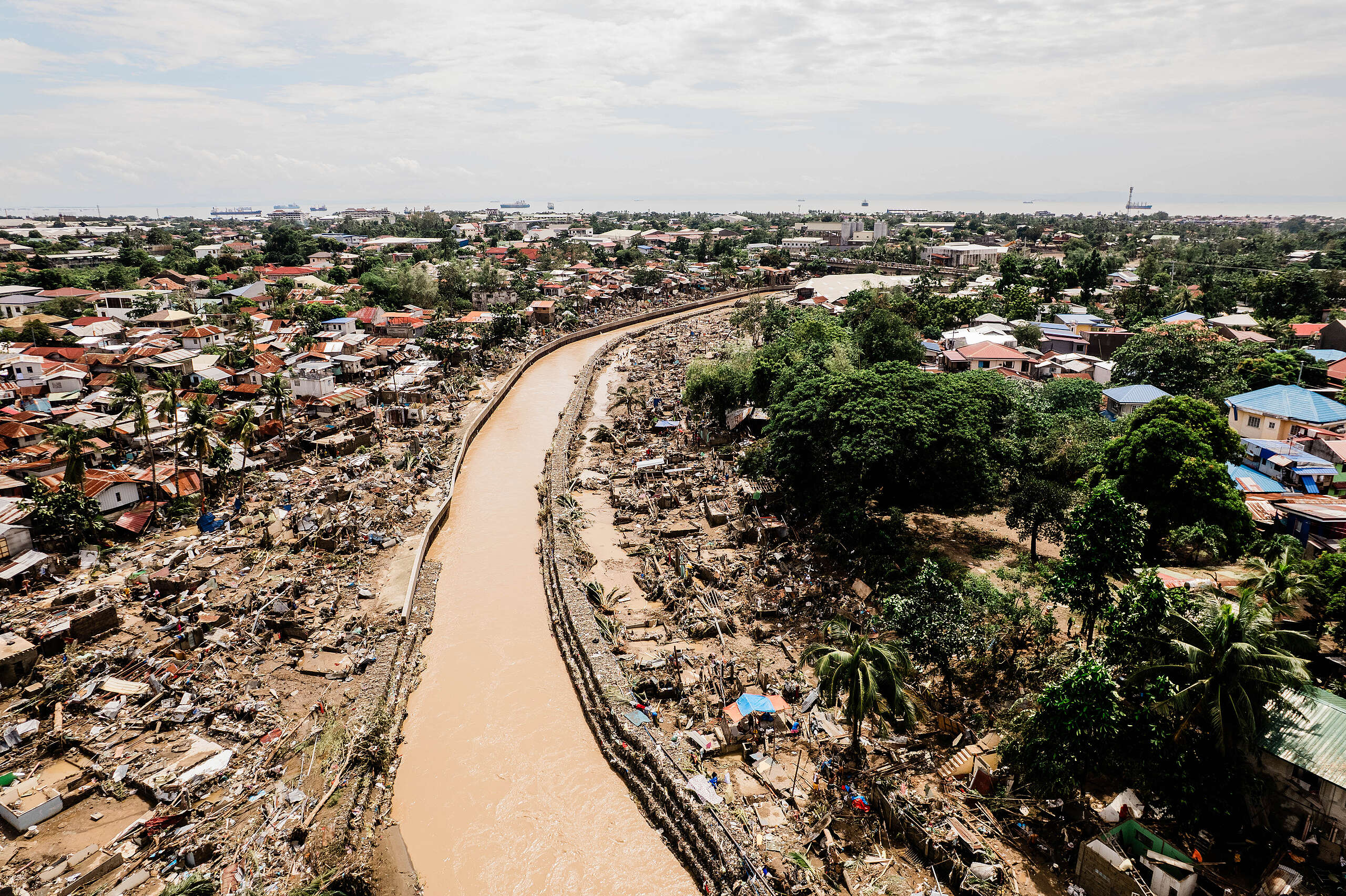
We’re not ‘vulnerable.’ We’re being sacrificed.
From the Philippines to Thailand, Typhoon Kalmaegi shows how the world left Global South countries exposed again
-
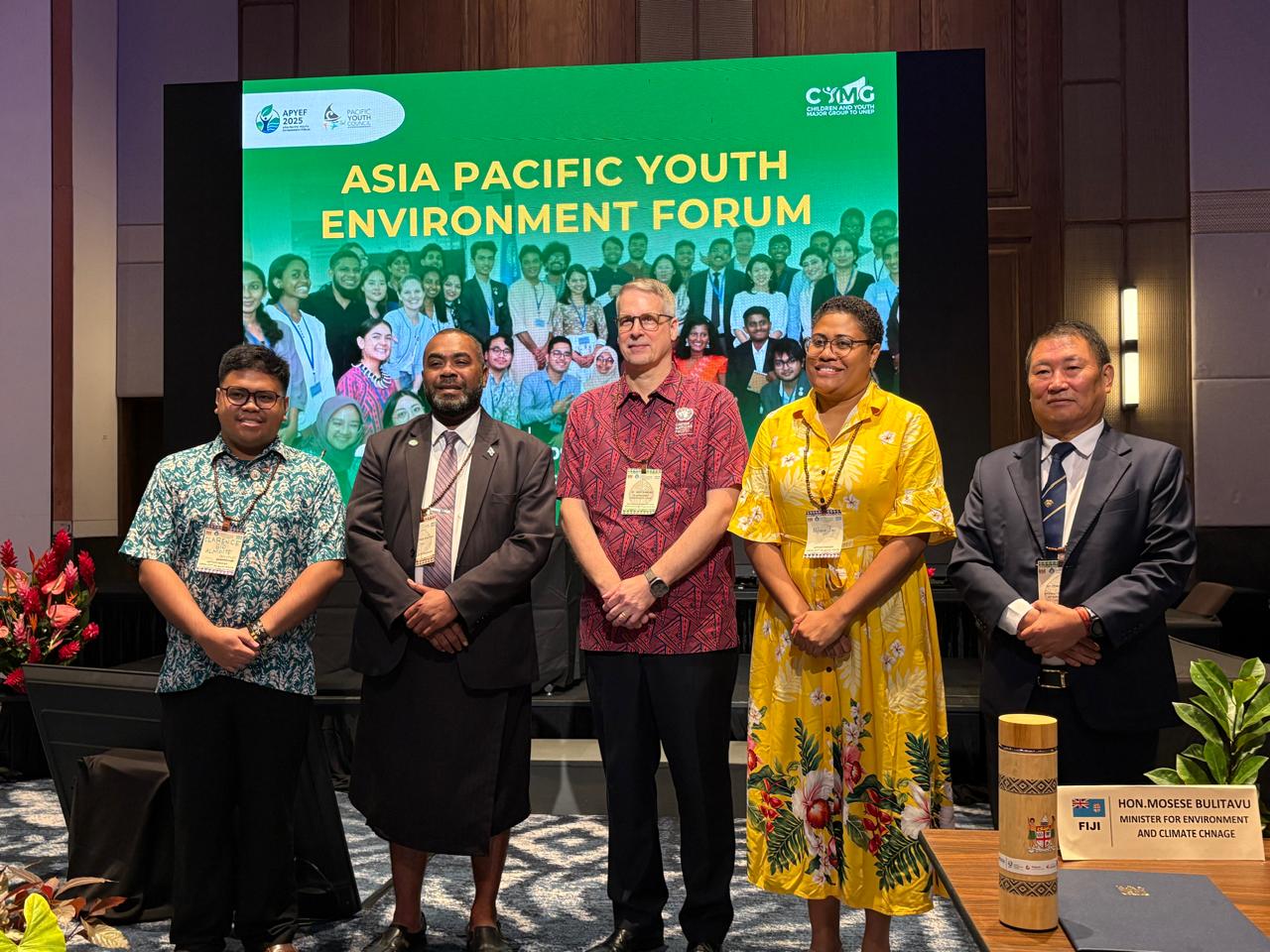
Greenpeace brings #SaveRajaAmpat to UNEA Forum, urges better governance for ‘energy transition’ minerals
In Fiji, Greenpeace Southeast Asia calls for global governance on minerals needed for energy transition
-
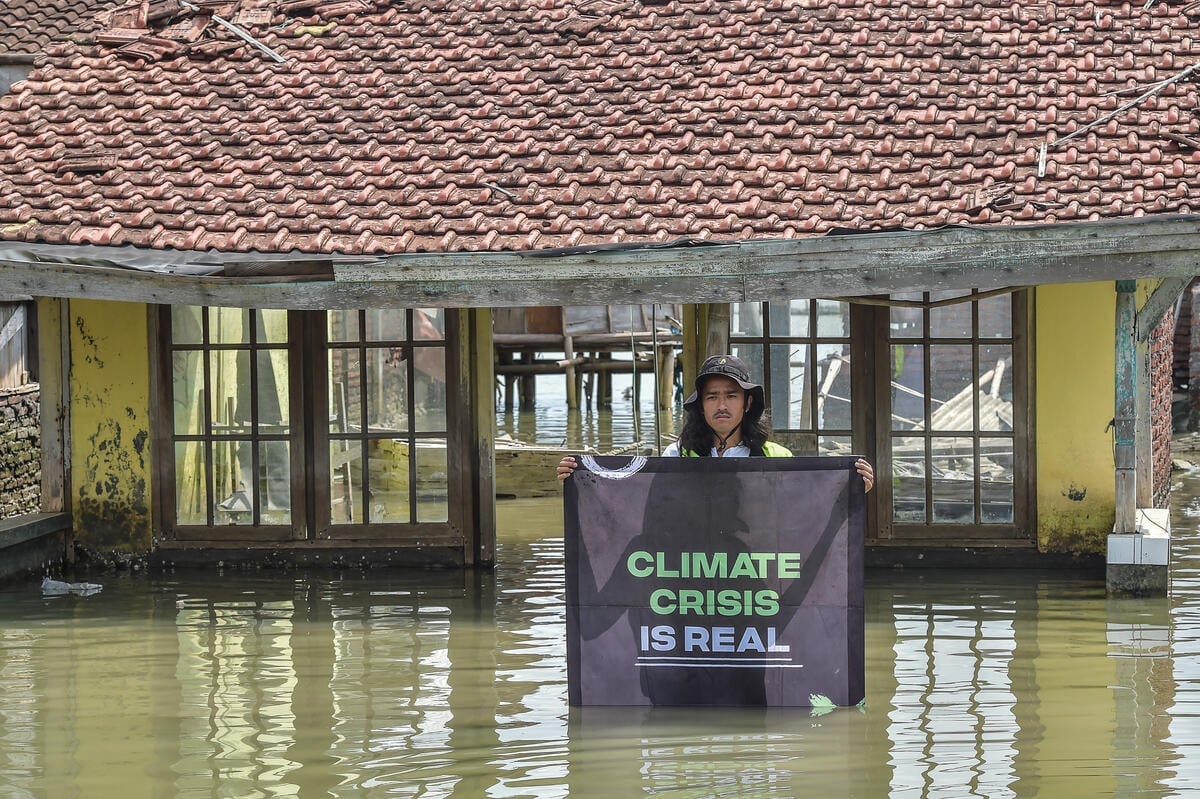
That afternoon, the climate crisis knocked on my door
Floods that we usually only see on our phone and television screens are now happening to us.
Explore other topics
Keep me posted!
Sign up as a Greenpeace supporter to get the latest updates and action alerts in your country.

